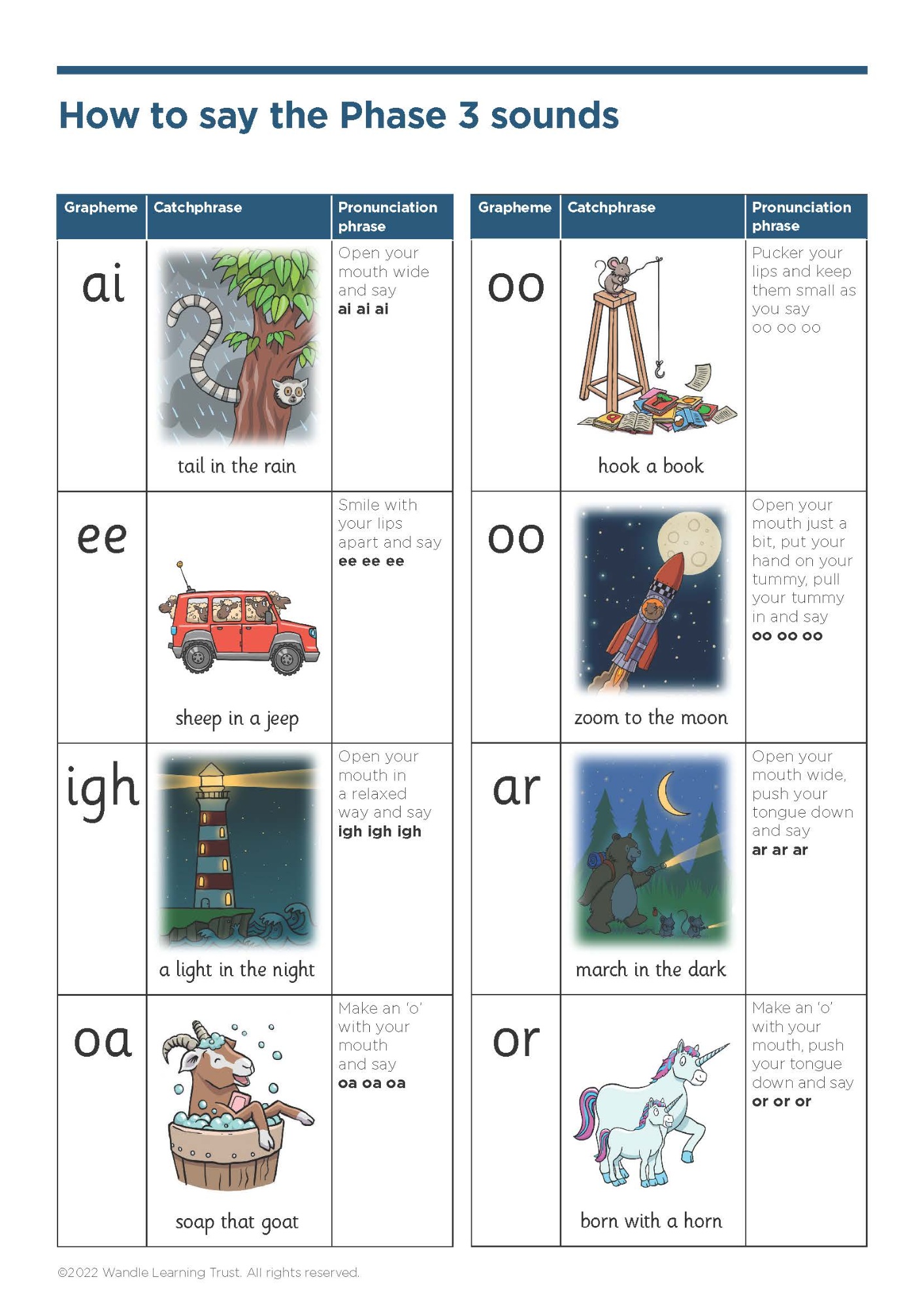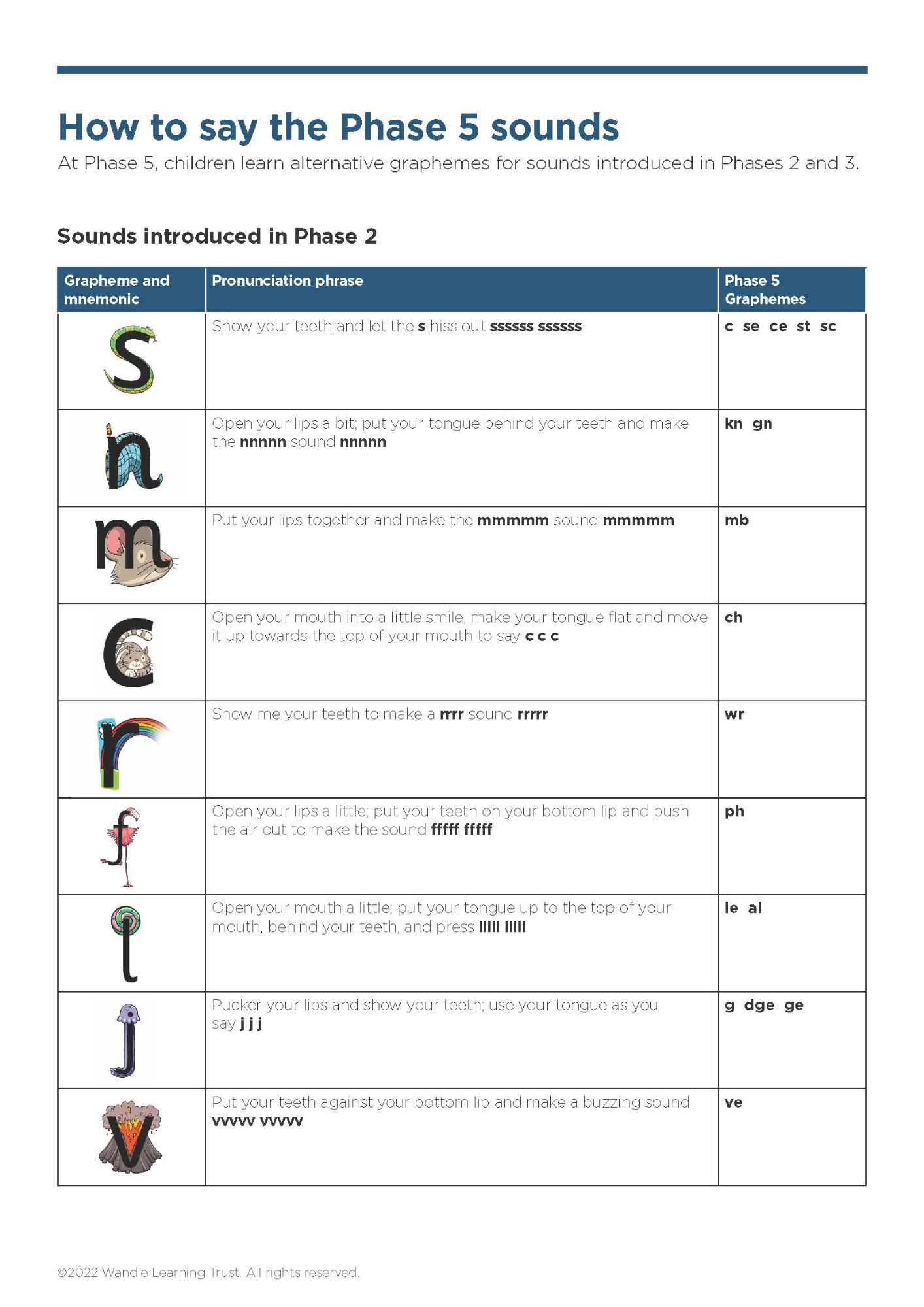Phonics
 At Hamsey Green, we are dedicated to ensuring our pupils become confident, effective, and passionate readers. We do this by teaching reading through Little Wandle Letters and Sounds Revised, which is a Department for Education-validated phonics programme.
At Hamsey Green, we are dedicated to ensuring our pupils become confident, effective, and passionate readers. We do this by teaching reading through Little Wandle Letters and Sounds Revised, which is a Department for Education-validated phonics programme.
Why learning to read is so important
- Reading is essential for all subject areas and improves life opportunities.
- Positive attitudes to reading and choosing to read have academic, social and emotional benefits for children.
How children learn to read
- Phonics is the only route to decoding.
- Learning to say the phonic sounds.
- By blending phonic sounds to read words.
- Increasing a child’s fluency in reading sounds, words and books.
Reading fully decodable books
- Children must read books consistent with their level of phonic knowledge.
- It is essential not to use other strategies to work out words (including guessing words, deducing meaning from pictures, grammar, context clues or whole word recognition).
- Books must be fully decodable and follow the Little Wandle scheme
- Children need to read books in a progressive sequence until they can decode unfamiliar words confidently.
The role of parents / carers
- Parents / carers can have a positive impact on their child’s reading.
- Parents / carers should model the importance of reading practice to develop fluency.
- Children take home books they have read at school to re-read at home to build fluency.
- There are two different types of books that pupils bring home: reading practice and books to share for pleasure.
- Reading at home encourages a love of books, along with developing vocabulary and discussion.
- Parents should use voices, expression, discuss unfamiliar vocabulary, talk about the pictures, and predict what might happen next.
- Give positive yet informative feedback in the home reading diary at least three times a week
Supporting your child's reading
Although your child will be taught to read at school, you can have a huge impact on their reading journey by continuing their practice at home. There are two types of reading book that your child may bring home:
- A reading practice book - This will be at the correct phonic stage for your child. They should be able to read this fluently and independently.
- A sharing book - Your child will not be able to read this on their own. This book is for you both to read and enjoy together.
Reading practice book
This book has been carefully matched to your child’s current reading level. If your child is reading it with little help, please don’t worry that it’s too easy – your child needs to develop fluency and confidence in reading.
Listen to them read the book. Remember to give them lots of praise – celebrate their success! If they can’t read a word, read it to them. After they have finished, talk about the book together.
Sharing book
In order to encourage your child to become a lifelong reader, it is important that they learn to read for pleasure. The sharing book is a book they have chosen for you to enjoy together.
Please remember that you shouldn’t expect your child to read this alone. Read it to or with them. Discuss the pictures, enjoy the story, predict what might happen next, use different voices for the characters, explore the facts in a non-fiction book. The main thing is that you have fun!
Little Wandle Programme Overview
 Click the image on the left to download the programme overview.
Click the image on the left to download the programme overview.
Videos and Resources - for parents / Carers
Reception
|
Video: Sounds taught in Reception Autumn 1 Listen to how children are taught to say their sounds |
PDF: Reception Autumn 1 sounds Download a guide to how children are taught to say their sounds in Reception Autumn 1 |
|
|
|
|
Video: Sounds taught in Reception Autumn 2 Listen to how children are taught to say their sounds |
PDF: Reception Autumn 2 sounds Download a guide to how children are taught to say their sounds in Reception Autumn 2 |
|
|
|
|
Video: Sounds taught in Reception Spring 1 Listen to how children are taught to say their sounds |
PDF: Reception Spring 1 sounds Download a guide to how children are taught to say their sounds in Reception Autumn 1 |
|
|
Year 1
|
Video: How to say Phase 5 sounds Listen to how children are taught to say their sounds |
PDF: Year 1 sounds Download a guide to how children are taught to say their sounds in Year 1 |
|
|
Miscellaneous
|
PDF: Year 1 sounds Download a guide to how children are taught to write capital letters |
|
|
|













